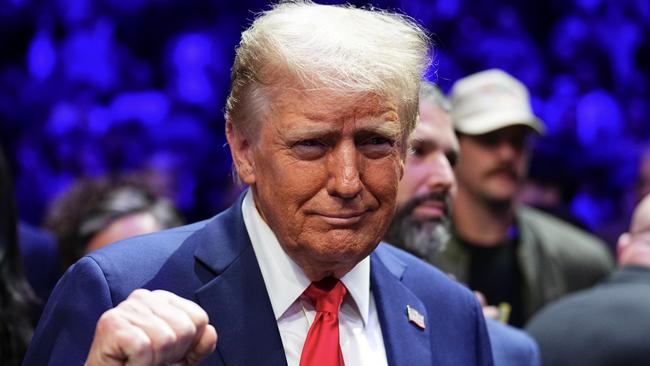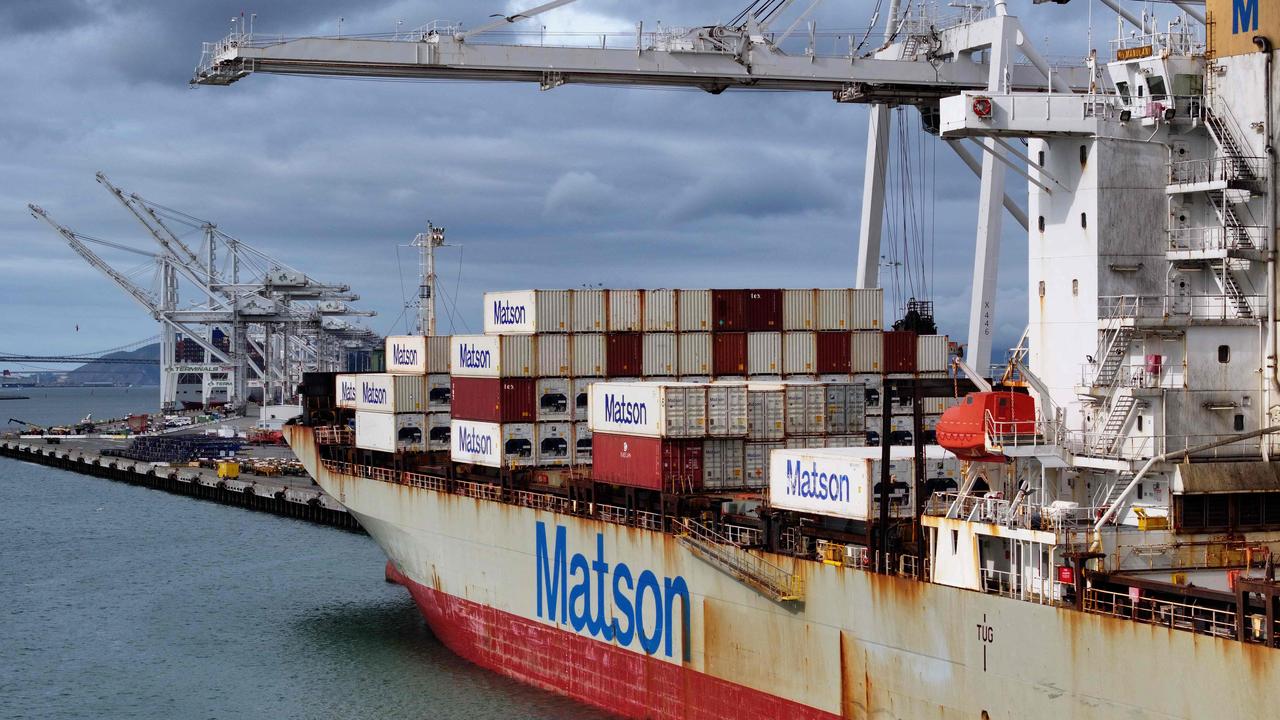Cautious start expected for the ASX as the market assesses interest rate cues
Trading on the ASX is poised to open lower on Monday on the back of Wall Street’s Friday fall, thanks to doubts about the timing of more US interest rate cuts.

The ASX is poised to open lower on Monday, following in the footsteps of a fall on Wall Street due to doubts about the timing of US interest rate cuts.
The domestic market had lifted in recent weeks on expectations of a global easing in monetary policy and the election of Donald Trump on a platform of economic revival. However, confidence has been dented thanks to an assessment of a likely sluggish fall in interest rates.
Market sentiment was soured when US Federal Reserve chairman Jerome Powell last week said policymakers weren’t in a hurry to cut rates.
Australia’s benchmark ASX 200 index, which on Friday closed at 8285.2 points, is expected to begin the week 0.3 per cent down, according to ASX futures.
Wall Street took a hit overnight on Friday with The Dow Jones Industrial Average off 0.7 per cent, the broadbased S&P 500 falling 1.3 per cent, while the tech-focused Nasdaq fell 2.2 per cent. Disappointing US retail sales in October did not help overall sentiment as oil prices also drifted down.
Edward Jones senior investment strategist Angelo Kourkafas said the comments by Mr Powell clouded the outlook for the global economy, but the door was still ajar.
“Certainly Powell’s speech has triggered some scepticism about the path of rates, with potentially December being a skip instead of another cut,” Mr Kourkafas said. “But we do have another inflation and jobs report before that, so there is still a good sense we might see another rate cut in December.”
A slower path to rate cuts would give the Reserve Bank of Australia more leeway to keep the official interest rate at the 12-year high of 4.35 per cent.
The Australian market will on Monday turn to data which shows building activity – an important indicator of the nation’s economy.
Successive interest rate rises have dampened housing construction particularly. Construction is a major employer in Australia and a persistent downturn would heighten the risk of an increase in unemployment.
The RBA is particularly focused on unemployment as it looks for confidence that inflation is sustainably within its preferred 2 per cent to 3 per cent range. The most recent economic data showed inflation back within range, but the central bank insists that this is largely due to government spending and when that was factored, inflation was still too hot.
The RBA must also consider the election of Mr Trump, who has vowed to impose tariffs on Chinese goods – which could stoke global inflation and underpin ongoing high interest rates.
A rise in unemployment would dampen inflation and heighten confidence that inflation will return to target and the RBA can cut interest rates.
With surprising strength in employment, however, Australia’s bond market has pushed back its expectations of when monetary policy easing would begin.
Traders now expect the first interest rate cut to take place in August 2025 – after the next federal election – a forecast that would be a blow to Labor.
Still, the election of Mr Trump provides something of a floor to the market as investors in the US welcome the prospect of tax cuts in an aggressive bid for growth.
The impact, however, is not universally beneficial. Markets continue to be spooked by the prospect of a US-China trade war, which would uproot economic growth. As China is Australia’s largest trading partner, this country would be susceptible to a trade war started by the US.
Some Australian shares have already been hit by the election of Mr Trump. Pharmaceutical shares have been weighed down by the president-elect’s nomination of Robert F. Kennedy Jr – a vocal vaccine sceptic – as secretary for health. ASX listed CSL fell more than 2 per cent on Friday and further losses are possible.





